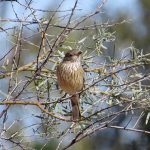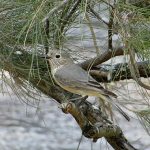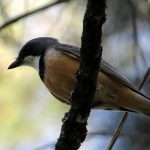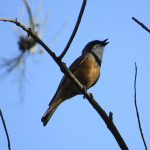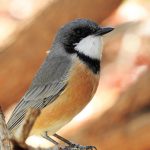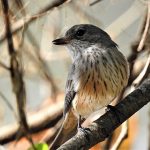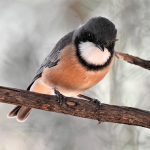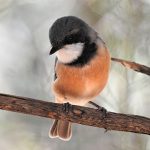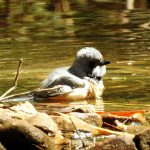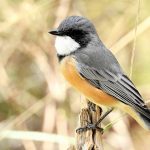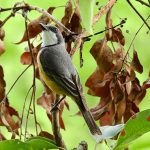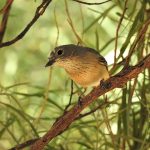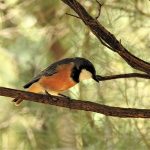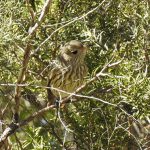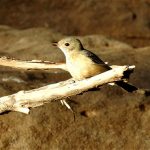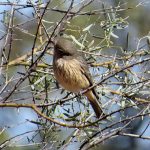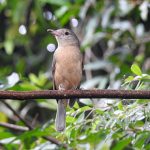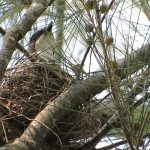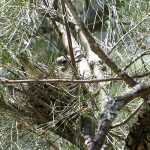RUFOUS WHISTLER
The Rufous Whistler: Nature’s Melodic Storyteller
Among the eucalypt woodlands and open forests of Australia, the Rufous Whistler stands out as both a visual and auditory delight. This remarkable bird, with its striking plumage and captivating song, tells a story not only of its species, but of the intricate web of life that thrives across the continent.
Vivid Description
Imagine a sunlit morning in the Australian bush. The air is fresh, tinged with the scent of eucalyptus leaves. Perched high on a slender branch, a male Rufous Whistler catches the light—a vision of contrast and warmth:
- Black head set against a crisp white throat
- Rich rufous belly glowing like ember beneath
- Grey to black upperparts blending with the shadows of the canopy
Nearby, a female rests quietly. Her soft grey and brown feathers are gentle and subtle, offering perfect camouflage among the sun-dappled leaves and rough bark. This understated elegance is shared by the young, who mirror her tones as they prepare to one day sing their own songs.
The Song of the Rufous Whistler
Close your eyes and listen. The Rufous Whistler’s call is a tapestry of sound—clear, rising whistles, interwoven with churrs and melodic phrases. Each bird has its own unique variation, creating a living symphony that ebbs and flows with the landscape. In the stillness of the forest, these songs echo, fostering a sense of place and belonging.
Life Cycle and Behaviour
Breeding Season (August–February)
- Nests are cup-shaped, crafted from grass and bark, hidden securely among leaves
- The female incubates the eggs, quietly nurturing future generations
- The bush is alive with song as males declare their presence and defend their territories
Migration and Movement
| Population | Behaviour |
|---|---|
| Southern Australia | Migratory (northward in winter) |
| Other Regions | Sedentary or locally nomadic |
This flexible movement ensures survival, allowing Rufous Whistlers to adapt to the changing seasons and climates across their vast range, which includes mainland Australia, Tasmania, and even New Guinea.
Ecological Importance
The Rufous Whistler is more than just a beautiful songbird:
- Controls insects: By feeding on caterpillars, beetles, and spiders, it helps balance forest ecosystems
- Spreads seeds: Occasionally, it consumes fruit, contributing to plant regeneration
- Indicator species: Its presence signals a healthy, intact woodland environment
Conservation Reflection
Every call of the Rufous Whistler is a reminder—a gentle, persistent invitation to appreciate and protect the natural world. These birds depend on healthy forests and woodlands, habitats increasingly under threat from land clearing and climate change. By valuing their presence, we foster a deeper connection to the landscapes that sustain us all.
Takeaway Message
When you next hear the enchanting melody of the Rufous Whistler, let it inspire curiosity and care. In learning about and supporting the conservation of these remarkable birds, we also safeguard the broader tapestry of life that makes Australia unique.
Each note in the Rufous Whistler’s song is a testament to resilience, beauty, and the enduring importance of protecting our wild places.


